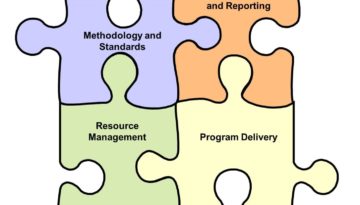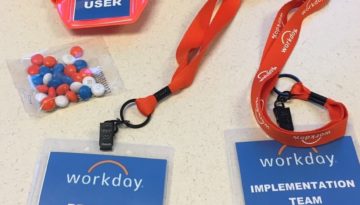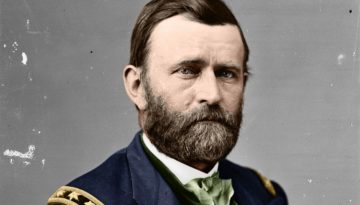Command and control In a business environment in which change is the only constant, command and control management style has been criticized as being too hierarchical, too mechanistic, and too cumbersome for making timely decisions about how to best execute work. At its worst, it can also be authoritative, dictatorial, and dehumanizing. Critics of command… Read More
Building a Change Management Office? Start Here.
In 2004, as a graduate-level intern pursuing a master’s degree in organization development, I had the opportunity to work in the Change Management Office of Sky Financial Group, the parent company of Sky Bank. 16 years ago, change management was not a well-known term and certainly Change Management Offices were not common organizational capabilities. This… Read More
4 Lies and a Truth about Workday (HCM) Implementations
Workday is a best-in-class solution. You can kick off the project and go live in less than 12 months. The product is so great, you won’t need to invest in change management. Off the shelf, generic training will suffice for your users. Maintaining your investment in Workday is simple and easy. Can you spot the… Read More
Grant’s Strategy to End the Civil War: A Case Study in Organizational Alignment
We can use history as a guide in understanding how to align organizations and drive change. The Civil War period, for instance, provides many examples of how leaders mobilized differently in order to achieve results. Take for example the case of General Ulysses S. Grant. After three bloody years, public support for the Civil War… Read More
Functional Dysfunction: Personality issue or a design issue?
Employee frustrations and conflicts about getting work done are often not the result of personal differences among the people in an organization, but rather the result of misaligned, undefined or incompatible relationships between the units of the organization and leaders who are not well suited for the teams they are leading. When designing an organization,… Read More
Finish What You Start!
Mature organizations adopt a holistic approach to organization design by focusing on the entire interconnected system. This means aligning strategy with work processes. Strategy defines what will provide a competitive advantage for the organization; Organization Design/Alignment is aligning strategy, structure, work processes, information, culture, people, rewards, and metrics; Implementation is choosing where to utilize resources,… Read More
Trust but Verify
When working on an organization design project, the designer can approach the design intuitively or systematically. An intuitive approach means basing decisions entirely off of gut feelings or instincts. On the other hand, a systematic approach begins with studying the current state of the organization. Studying the current state of an organization includes gathering information,… Read More
Stop, Collaborate and Listen
John Kotter writes about the critical stage early in the change process of building a sense of urgency. Organizational consultants advise that drivers for change (or dissatisfaction with the current state) needs to be high enough to overcome inertia and to move forward productively. Others talk about there needing to be a burning platform, an… Read More
Design Thinking
Solid design thinking leads to adaptable, flexible, and responsive organizations. So what does it mean to think like a designer? It includes having empathy for users, creating design models, prototyping, tolerating failure, and exhibiting thoughtful restraint. Empathy for users: uncovering what users want and need and providing insight into what user aspirations, concerns, desires, engagement,… Read More
Workplace Loyalties: Who’s Your First Team?
If you are a people leader, do you know who comprises your first team? In other words, who is the team that you need to look out for, defend, protect, align, and work together with, above all others? It is your team of direct reports, right? Wrong. The team you manage, the team that calls… Read More









